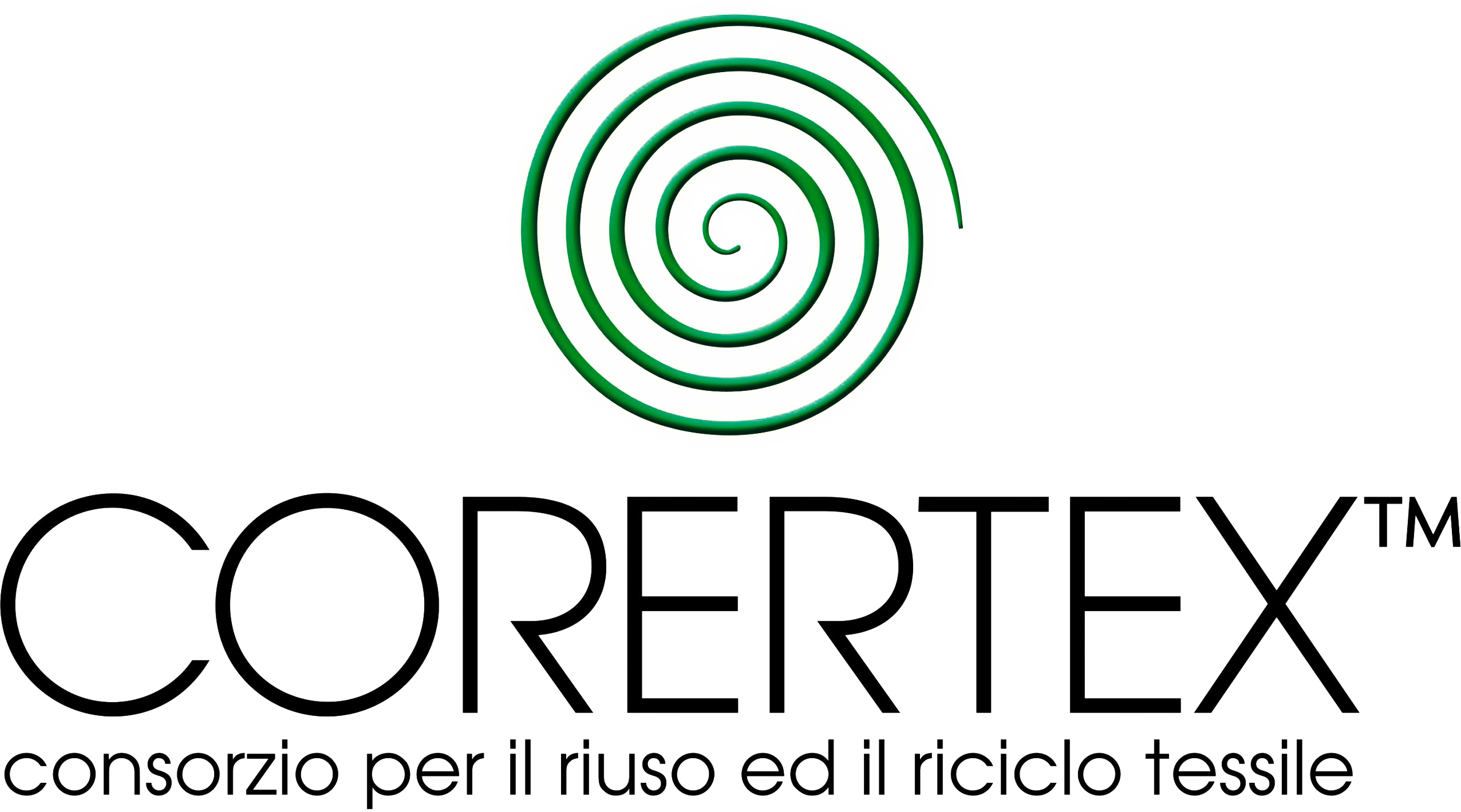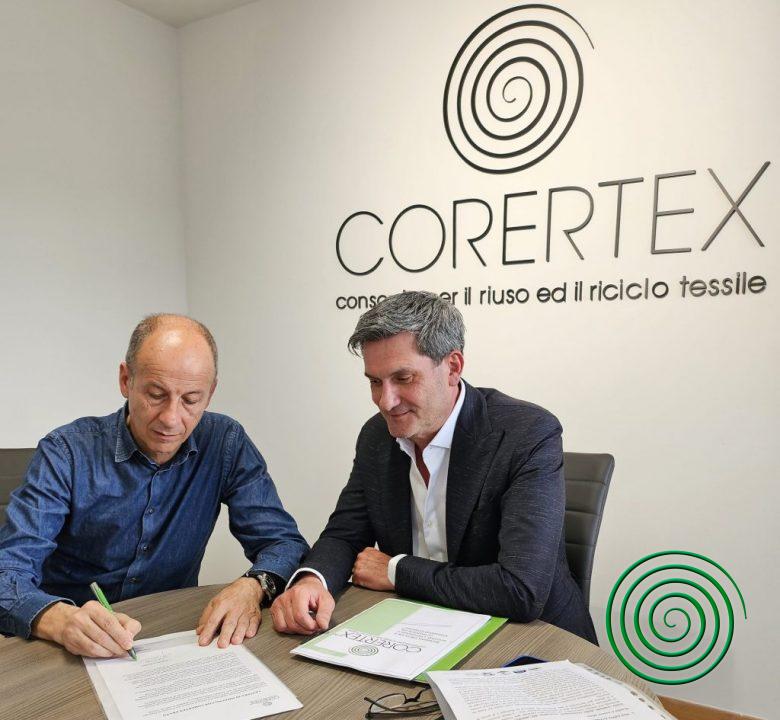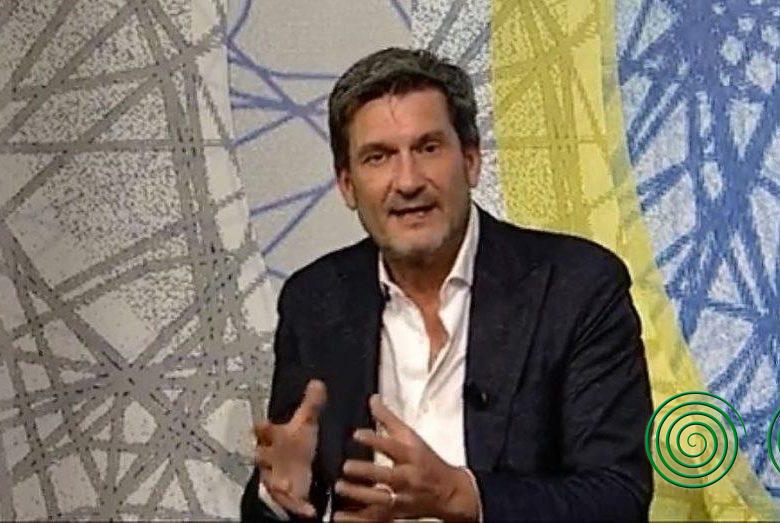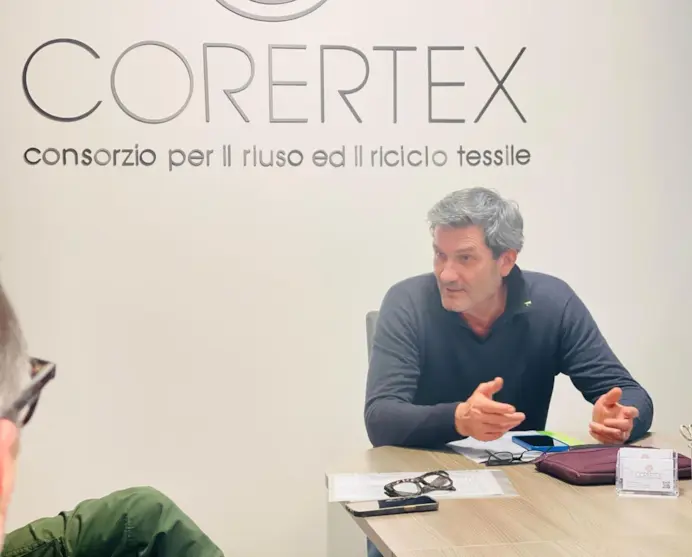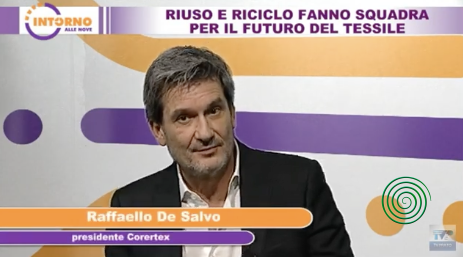
Reuse and Recycling Team Up for the Future of Textiles on TV Prato
March 16, 2023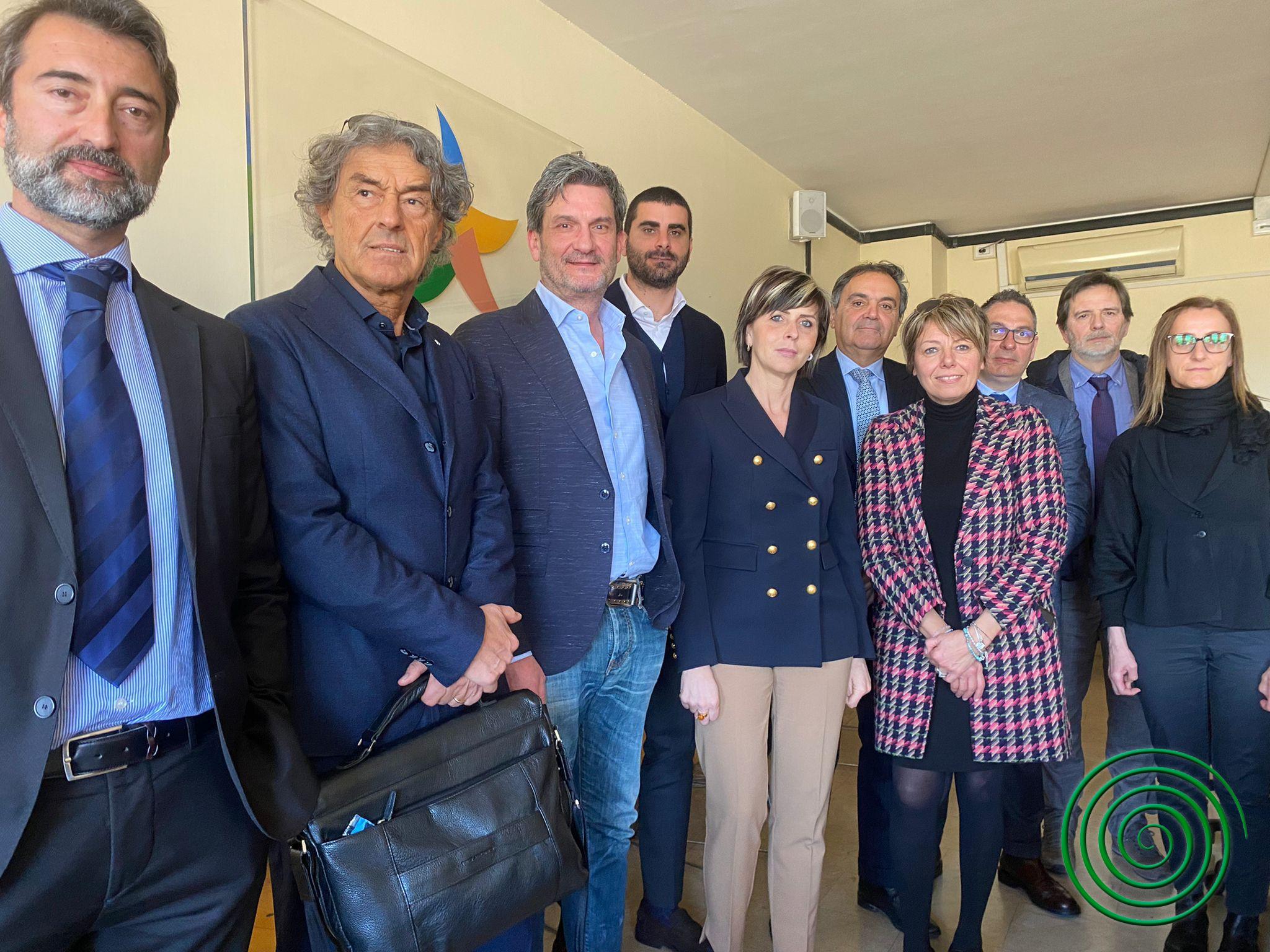
Recycled Textiles, the District in Rome: Our System Should Be a Model
March 28, 2023Draft EPR Decree in Textiles, Corertex’s Observations
The Corertex Consortium has also submitted its observations to the Ministry of the Environment and Energy Security regarding the draft decree on extended producer responsibility in the field of textile waste. Observations were submitted in collaboration with Astri, the Italian recycled textile association. A measure long awaited in the Prato district and now approaching definition. It is worth noting that the draft decree includes clothing, accessories, and household textiles such as tablecloths or sheets.
The draft, which has already sparked heated debate among various stakeholders in the supply chain at the national level, is described by Corertex’s president, Raffaello De Salvo, as “a good start to regulating the sector but it presents significant critical issues, especially from a technical perspective.” “Corertex, together with Astri, has collaborated on formulating multiple observations sent to the Ministry, including practical and theoretical advice,” De Salvo continues. “The draft is a very complex and articulated document that touches on various factors. For example, the coexistence of public and private, the balance between environmental sustainability and economic efficiency, the risk of compromising all the results achieved up to now, and the highly important social and inclusive aspect represented by collection cooperatives.”
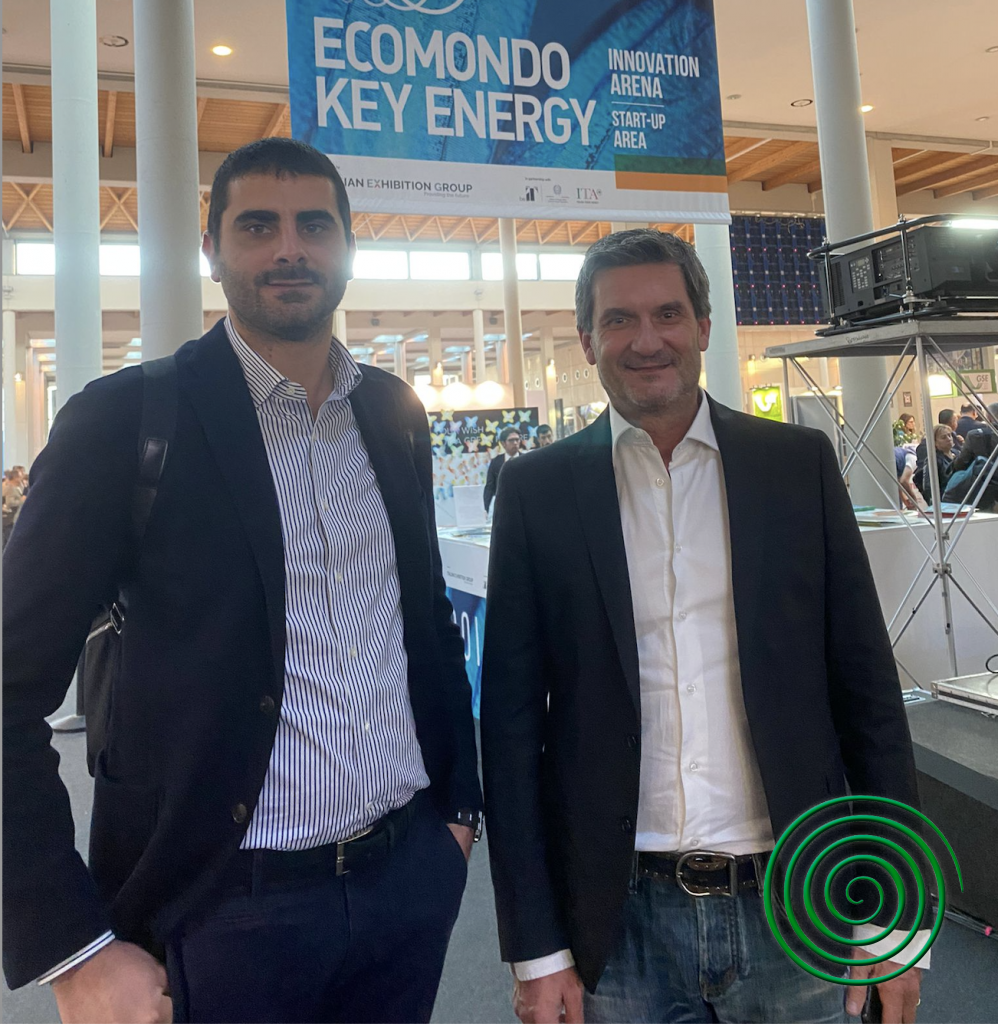
To explain some of the critical issues, Corertex attempts a practical example. “The draft decree sets a target of 50% reuse, recycling, and recovery by 2035,” adds the consortium’s president. “But it does not specify individual quantities. This could mean that the recovery quota, such as incineration, for example, could be preferred at the government level, at the expense of reuse and recycling. This would result in the loss of valuable secondary raw materials and a clear conflict with the European waste framework. I would like to emphasize that the Prato district, through the existing supply chain, reuses and recycles up to 97% of post-consumer cycles treated, well beyond the 50% threshold hypothesized by the ministry in the draft decree.”
In fact, in their observations, Corertex suggested to Rome that it is preferable and less impactful to implement and improve the current post-consumer cycle management system rather than completely rebuild the entire process, with the consequent higher costs and lower guarantees. “The current system, like the Prato model, while not perfect and certainly improvable, offers guarantees of virtue, traceability, and maximization of reuse and recycling, aligning well with the requirements of European directives,” De Salvo concludes. “We have also suggested the establishment of a control and guarantee committee, preferably within the future Corit, i.e., the Coordination Center for Textile Recycling, composed of representative stakeholders from the entire supply chain, including collectors, first-stage selectors, recyclers, consortium systems, and producers.
We have also advised, as a priority, the correct distribution of the future environmental contribution across the entire reuse and recycling supply chain, covering all efficient textile waste management costs: from collection, to selection for reuse, to preparation for reuse, to recycling and disposal, not forgetting the potential return phase to Italy for companies that had previously relocated.” Corertex’s observations conclude by reaffirming that “the Prato model, with its over 150 years of experience in the field of textile reuse and recycling, possesses a valuable value chain: what is waste for many is a resource for us, and we know the process in detail.”
